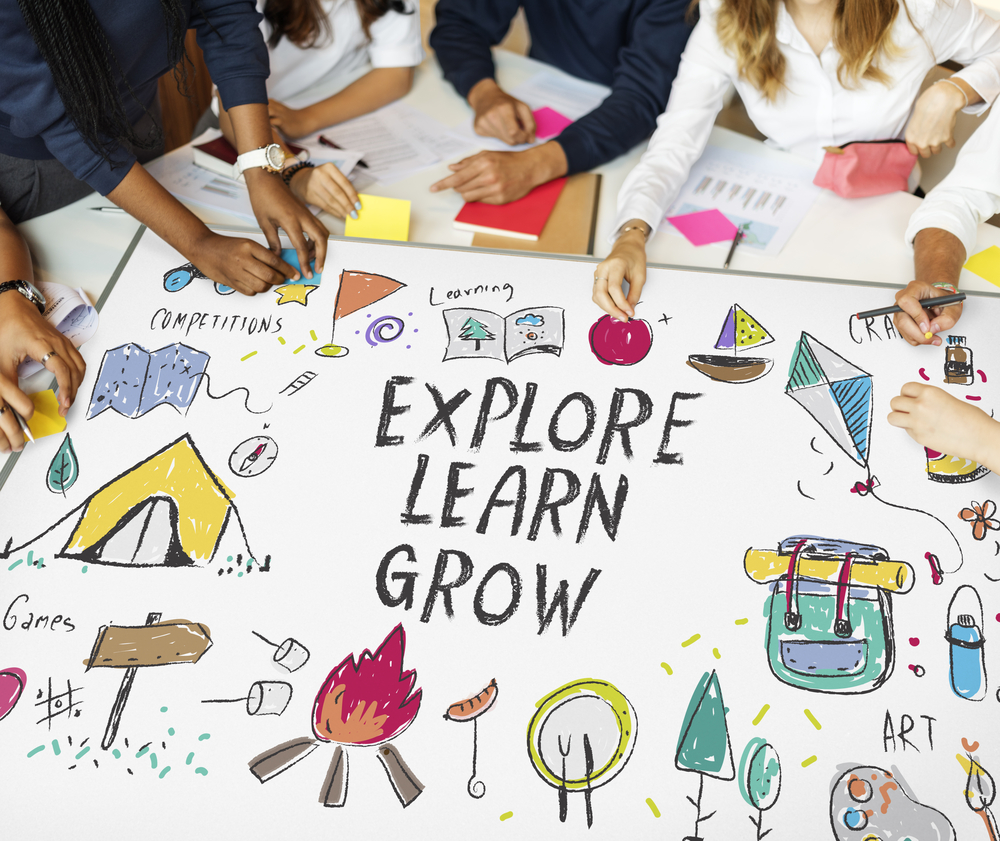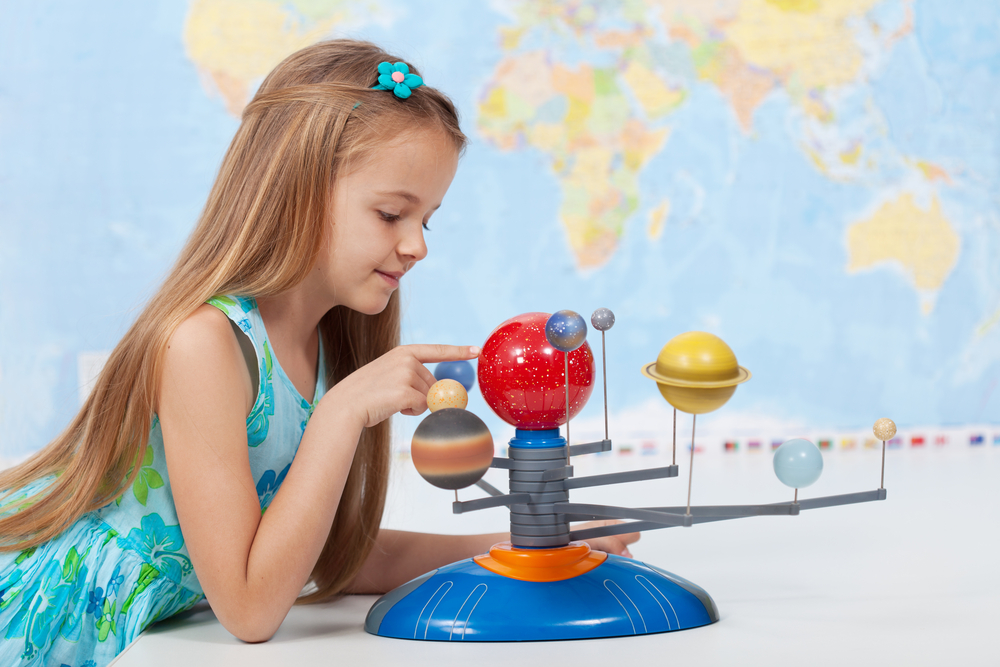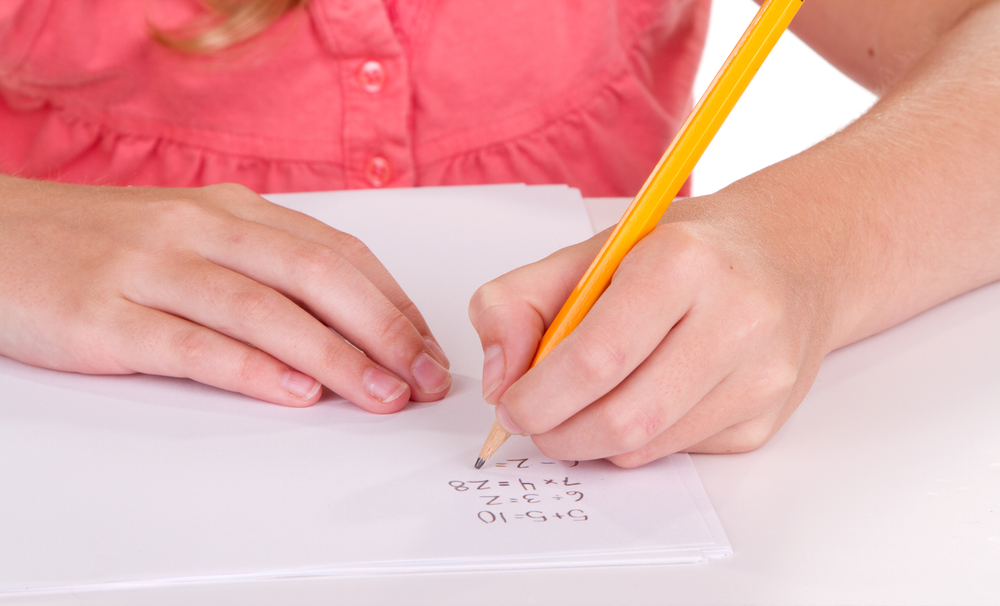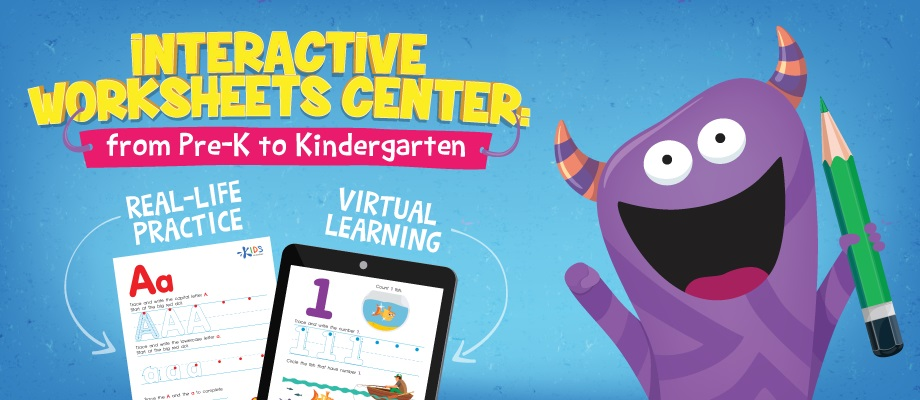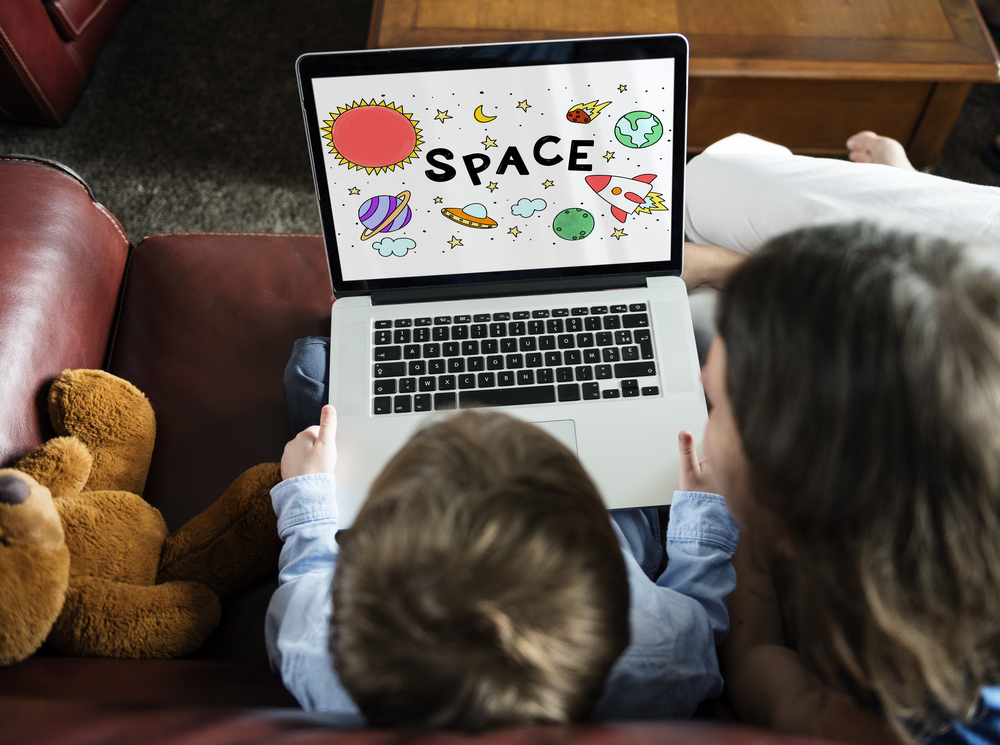Identifying perspectives Worksheets for Kids
1 filtered results
-
From - To
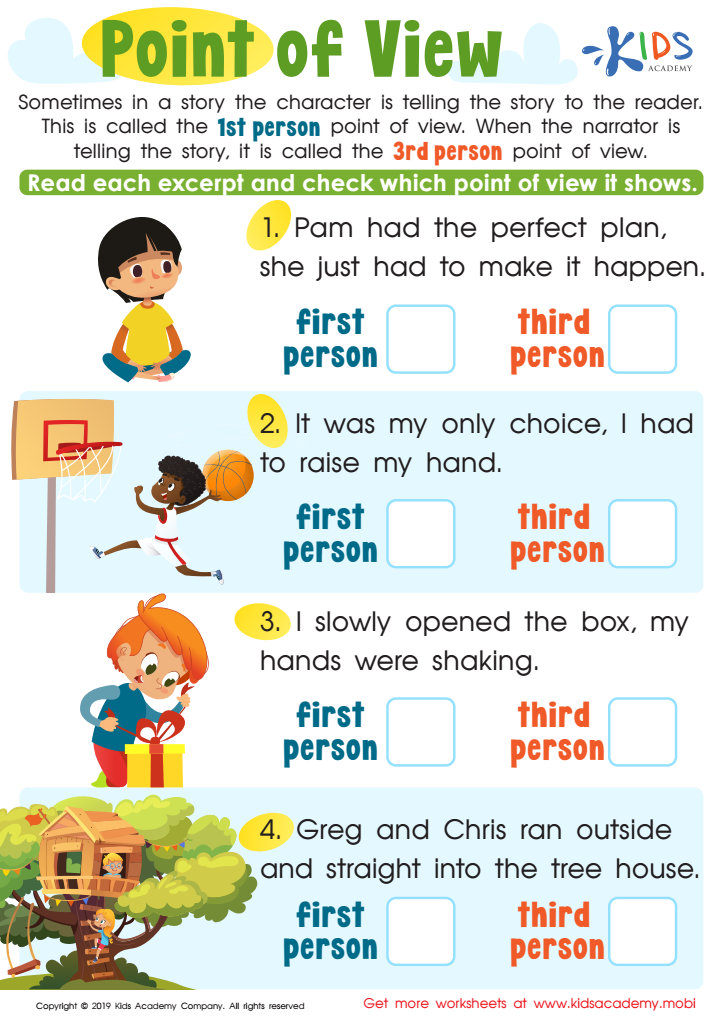

Point of View Printable
Question/Answer
What are some effective activities to train students’ Identifying perspectives skill when teaching them about Reading Fiction?
To train students in identifying perspectives in reading fiction, consider activities such as role-playing different characters, conducting debates from various characters' viewpoints, creating character diaries or letters expressing personal thoughts, and comparing and contrasting characters' perspectives through Venn diagrams. These activities encourage students to delve deeply into characters' minds, fostering a deeper understanding of diverse perspectives within a narrative.
Why is the Identifying perspectives skill important for Grade 2 students?
The Identifying perspectives skill is important for Grade 2 students because it fosters empathy, enhances critical thinking, and encourages respectful dialogue. By recognizing and understanding different viewpoints, students learn to appreciate diversity, develop problem-solving skills, and build better relationships with peers, thus laying a foundation for effective communication and collaboration in their academic and social lives.
How does the mastery of the Identifying perspectives skill affect a student's performance at an early age?
Mastery of the Identifying perspectives skill at an early age significantly enhances a student's performance by improving their critical thinking, empathy, and communication abilities. It allows them to understand diverse viewpoints, which enriches their cognitive and social development, leading to better problem-solving skills, increased creativity, and improved interpersonal relationships, thereby fostering a more holistic educational experience.
 Assign to My Students
Assign to My Students


